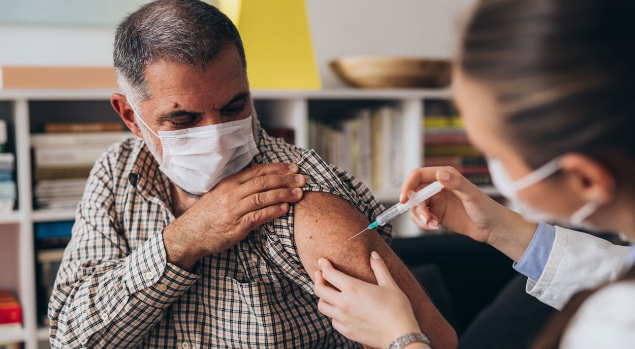Behind the Study: Reaching Beyond Family History as Inclusion Criteria for Pancreatic Cancer Surveillance in High-risk Populations
Genes & Cancer, Spotlight
October 6, 2022Dr. Louise Wang from Yale School of Medicine and the VA Connecticut Healthcare system, describes a recent editorial she co-authored that was published by Genes & Cancer, entitled, “Reaching beyond family history as inclusion criteria for pancreatic cancer surveillance in high-risk populations.”
Behind the Study is a series of transcribed videos from researchers elaborating on their recent studies published by Genes & Cancer. Visit the Genes & Cancer YouTube channel for more videos.
—
Hi, my name is Louise Wang, and I’m an assistant professor at Yale School of Medicine in the section of digestive diseases and a gastroenterologist at the VA Connecticut Health Care system. We recently published an editorial in Genes and Cancer about growing trends and changes in pancreatic cancer screening and surveillance guidelines.
As we know, pancreatic cancer is very deadly because the majority of cancers are discovered at advanced stages. Up to 10% of these cancers are considered familial, either individuals at high risk because of their known genetics through a pathogenic variant or likely pathogenic variant, or individuals who have at least two relatives with pancreatic cancer who are directly related to one another without a known genetic cause.

Classically, we’ve required individuals with these pathogenic variants, such as BRCA1, BRCA2, PALB2, ATM, and genes associated with Lynch syndrome, to have a family history of pancreatic cancer to qualify for surveillance. However, some recent data has suggested that pancreatic abnormalities found on certain carriers are similar amongst those with or without a family history. Given this trend, some guideline groups, such as the American Society for Gastrointestinal Endoscopy, have suggested pancreatic cancer surveillance for BRCA1, BRCA2, PALB2, regardless of family history. However, other guideline groups, such as the National Comprehensive Cancer Network, have kept their family history requirement.
We wrote this editorial to highlight what may be a trend towards surveillance recommendations independent of family history, however, we need additional research in this area, such as optimal ages for beginning screening, if there are similar risks and benefits of additional surveillance in individuals with and without a family history, and if these changes should be implemented across the board or only for individuals with certain genes in formal cost-effectiveness analyses.
In the future, I will be continuing my work on early detection of pancreatic cancer.
Because 90% of pancreatic cancer is not familial, my goal is to develop a risk prediction model that integrates clinical factors with genetics to identify those at-risk individuals amongst the general population for increased screening and surveillance. I will be performing this in various electronic healthcare records linked with biorepositories, such as the Veteran Electronic Health Care Record with its mega-biobank, the Million Veteran Program, something we’ve only had the opportunity to do recently because of our improvements in genotyping and larger sample sizes.
I would like to thank my other co-authors on this paper, and thank you for taking the time to learn about our research.
Click here to read the full study published by Genes & Cancer.
Genes & Cancer Videos: YouTube
—
Genes & Cancer covers all aspects of the structure and function of oncogenes, growth suppressor and apoptotic genes.
For media inquiries, please contact media@impactjournals.com.

